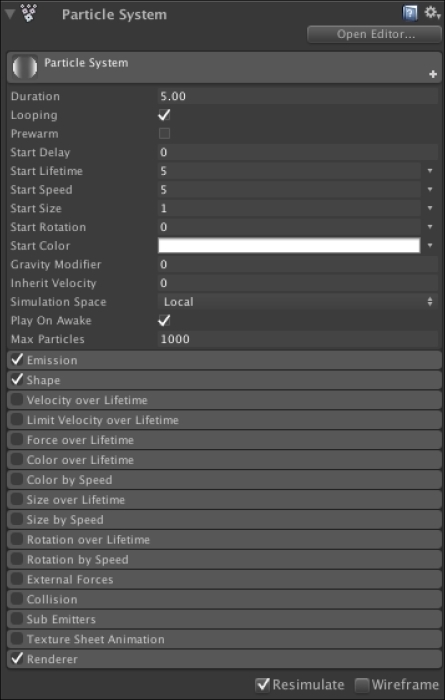With our Little Farmer Colt game fully developed, we can look at ways you can improve the game once you put the book down. You'll gain inspiration to make the game your own with additional content, functionality, and levels.
In the second section of this chapter, we'll look at project-related issues including workflow with Unity projects and how to scale projects. In the third section, we'll look at development issues including cross-platform considerations, plug-ins, and attribution issues.
In the chapter's final section, we'll look at several advanced topics including particle systems, an inventory control system, and a dialog system.
After reading this chapter, you will:
Understand ways to improve the Little Farmer Colt game
Understand Unity's workflow
Understand how to scale projects
Understand cross-platform issues
Understand the importance of attribution
Have an appreciation for advanced topics


